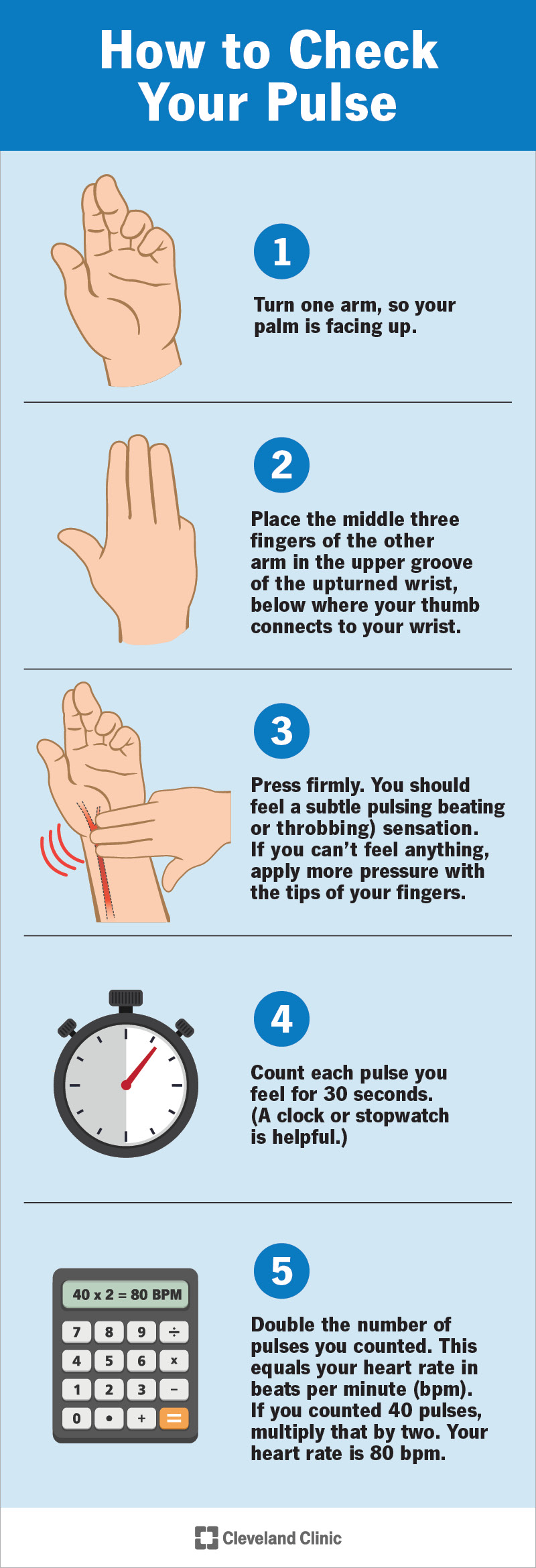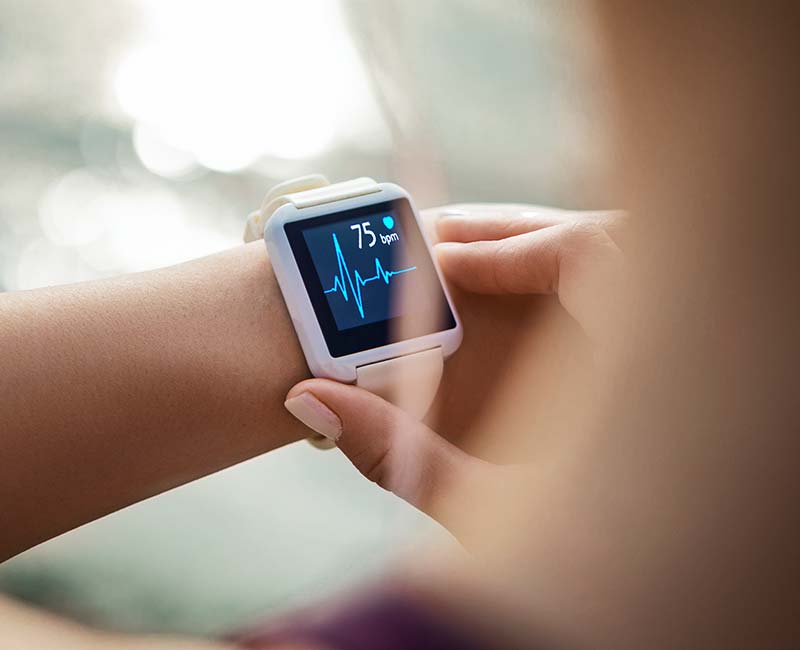The article “Understanding the Importance of Pulse Rate in Monitoring Health” provides valuable insights into the significance of monitoring pulse rate for maintaining optimal health. By delving into the subject of pulse rate and its correlation to overall well-being, this article seeks to educate readers on how to accurately determine their pulse rate and its relevance to their health. With accurate and factual information, this piece aims to equip individuals with the knowledge needed to better understand their own bodies and take proactive steps towards a healthier lifestyle.

Understanding the Importance of Pulse Rate in Monitoring Health
Monitoring our pulse rate is a vital aspect of maintaining our overall health. It provides valuable insights into the functioning of our cardiovascular system and can indicate potential abnormalities or conditions. By regularly tracking our pulse rate, we can detect any irregularities early on and seek appropriate medical attention. In this article, we will explore the significance of pulse rate, factors affecting it, common abnormalities, and the role of pulse rate in assessing heart health and exercise.
What is Pulse Rate?
Pulse rate refers to the number of times our heart beats per minute (BPM). It is commonly used as a measure of heart rate, providing crucial information about our cardiovascular system’s health. The pulse rate is typically measured at our radial artery, located on the wrist, or at our carotid artery, located on the side of our neck.
Factors Affecting Pulse Rate
Several factors can influence our pulse rate, including age, gender, physical activity levels, stress, medication, and overall health. Age plays a significant role, as newborns and young children usually have higher resting pulse rates than adults. Additionally, factors such as fever, certain medications (e.g., beta blockers), and hormonal changes can also affect our pulse rate.
Normal Pulse Rate
The normal pulse rate for an average adult at rest typically ranges between 60 to 100 beats per minute. However, it is essential to note that the normal pulse rate may vary among individuals and can be influenced by various factors. For athletes or individuals who engage in regular physical exercise, a resting pulse rate below 60 BPM is not uncommon and can indicate excellent cardiovascular conditioning.

Why Monitoring Pulse Rate is Important
Monitoring pulse rate is crucial as it provides valuable information about an individual’s health and can help detect potential health issues. Changes in pulse rate patterns can be indicative of underlying conditions, such as cardiovascular diseases, thyroid disorders, stress levels, or medication side effects. Regularly monitoring our pulse rate enables us to identify any abnormalities early on, improving the chances of successful treatment and management.
Detecting Abnormalities Through Pulse Rate
The pulse rate can be a reliable indicator of various abnormalities within our body. For instance, a consistently high resting pulse rate, known as tachycardia, may suggest an underlying cardiovascular issue or excessive stress. On the other hand, bradycardia, characterized by a consistently low pulse rate, can indicate heart rhythm disturbances or other medical conditions.
Common Pulse Rate Abnormalities
While each individual’s pulse rate may vary, certain extremes can indicate abnormalities. Tachycardia, as mentioned earlier, typically refers to a resting pulse rate exceeding 100 BPM. This can be caused by factors such as anxiety, fever, dehydration, anemia, or heart conditions. Bradycardia, on the other hand, refers to a resting pulse rate below 60 BPM and may be caused by certain medications, electrolyte imbalances, or underlying heart conditions.
Pulse Rate and Heart Health
The pulse rate is closely linked to our heart health. By monitoring our pulse rate, healthcare professionals can assess our heart’s efficiency and detect potential issues. A consistently high pulse rate may suggest an increased workload on the heart, potentially leading to conditions such as hypertension or coronary artery disease. Conversely, a consistently low pulse rate may indicate an arrhythmia or a malfunctioning electrical system within the heart.

Tracking Pulse Rate for Exercise
Tracking pulse rate can be particularly useful during exercise to ensure we are staying within our target heart rate zone. By measuring our pulse rate during physical activity, we can determine if we are exerting ourselves too much or too little. It allows us to adjust the intensity of our workout, helping us achieve optimal cardiovascular fitness and avoid overexertion.
Using Technology to Monitor Pulse Rate
Advancements in technology have made monitoring pulse rate more accessible and convenient. Today, various devices such as smartwatches, fitness trackers, and smartphone applications offer real-time pulse rate monitoring. These devices utilize optical sensors or electrodes to detect our pulse rate accurately. By using such technology, we can easily track our pulse rate throughout the day, during exercise, and even during sleep, providing valuable data for further analysis.
In conclusion, monitoring our pulse rate plays a vital role in maintaining and safeguarding our overall health. By understanding its significance, tracking any abnormalities, and utilizing available technology, we can actively participate in the management of our cardiovascular well-being. Regularly monitoring our pulse rate and seeking medical attention when necessary empowers us to take proactive steps towards a healthier life.











